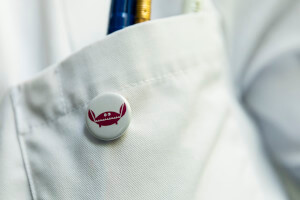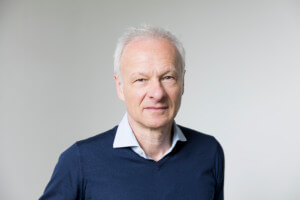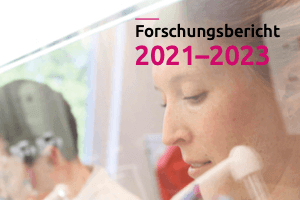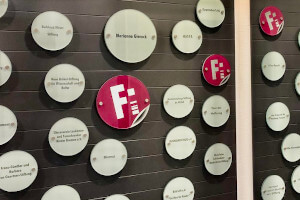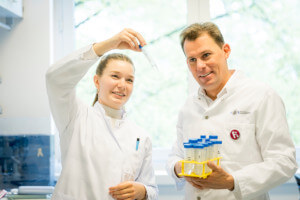
New approach for the treatment of pediatric brain diseases: microglia replacement opens up new therapeutic possibilities
Introducing donor cells into the brain via systemic blood stem cell transplantation can be an effective therapy for different neurological diseases. However, this treatment carries significant risks. Dr. Marius Mader, together with international partners, has now developed an innovative alternative approach.
Dr. Marius Mader, physician and research group leader at the Research Institute Children's Cancer Center Hamburg, in collaboration with scientists at Stanford University, has discovered an innovative way to specifically replace so-called microglia — the immune cells of the brain.
Previous methods for introducing donor cells into the brain via stem cell transplantation required highly toxic pretreatment and posed substantial risks for patients. However, the new research results show that there is another approach: certain blood precursor cells can be directly transplanted into the brain, where they efficiently replace microglia — without affecting the recipient’s bone marrow.
"This approach is particularly relevant for genetic disorders in which defective microglia play a crucial role, such as in lysosomal storage diseases during childhood," Mader explains. This also opens up a new perspective for pediatric oncology. Innovative cell therapies could have a targeted effect on the brain and enable more gentle treatment options for young cancer patients.
The results have now been published in Nature, one of the leading international scientific journals:
Mader, M.M., Scavetti, A., Yoo, Y. et al. Therapeutic genetic restoration through allogeneic brain microglia replacement. Nature (2025). https://doi.org/10.1038/s41586-025-09461-6




